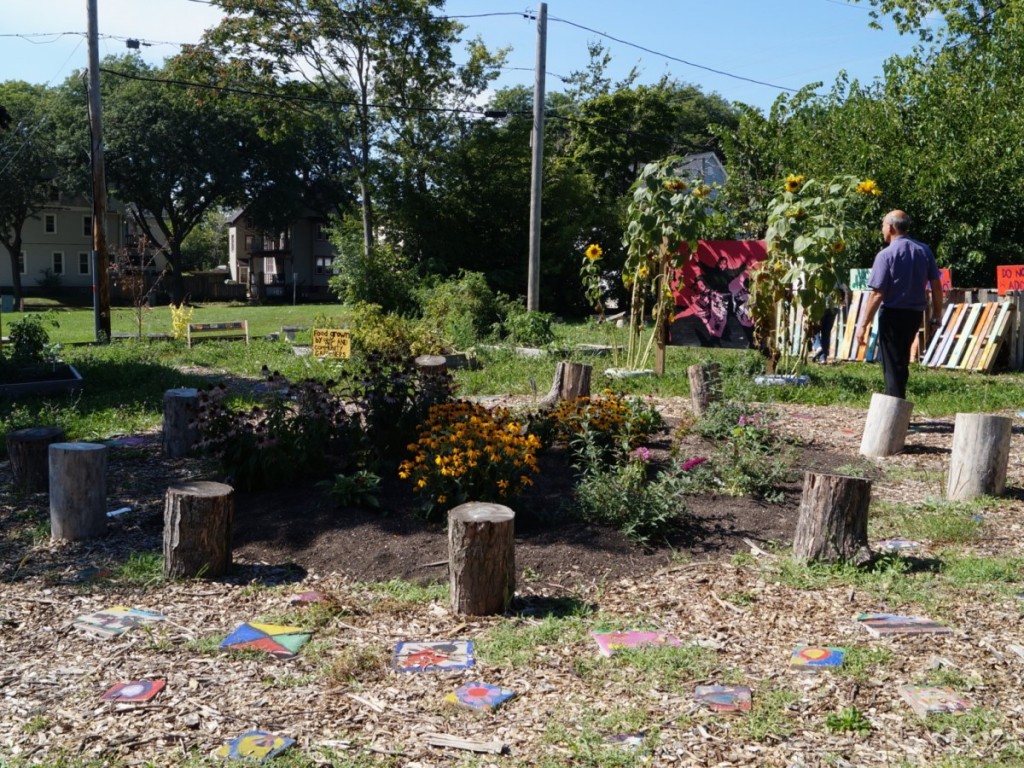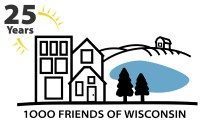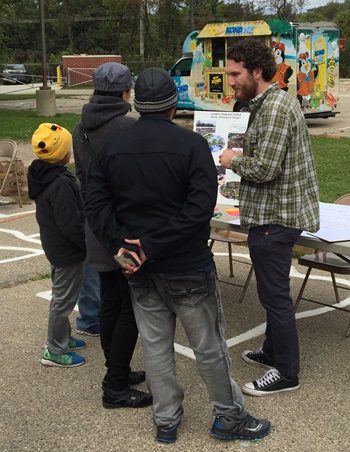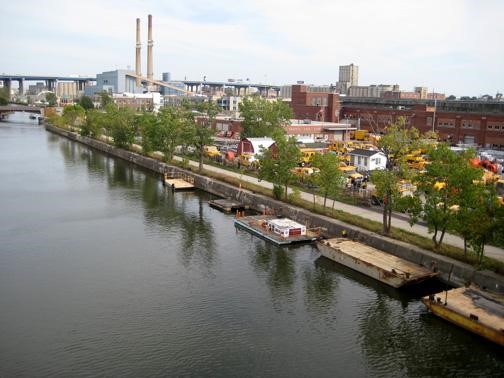Watershed Protection & Green Infrastructure
1000 Friends partnered with communities throughout Wisconsin to implement green infrastructure solutions with emphases on watershed protection, community involvement and environmental education.
Climate Change and Watershed Protection
As Wisconsin communities experience a higher frequency of intense precipitation events and the inevitable flooding that follows, it is imperative that we focus on water quality at a watershed level.
Green infrastructure is a tool to help reduce the burden of increased precipitation. Green infrastructure slows and disperses the infiltration of stormwater runoff and can reduce surface pollutants from entering our waterways. Both are important functions as Wisconsin communities continue to experience intense rainstorms at unprecedented intervals.
Green Infrastructure Basics
Green infrastructure mimics natural water systems by managing and using storm-water runoff at its source. It is an alternative to standard “gray” infrastructure, which diverts runoff directly into local waterways through storm-water pipes and drains.
Excessive pollution and nutrient loading associated with runoff are major problems facing waterways and drinking water sources across Wisconsin. Green infrastructure is an ideal solution to those issues because it allows built (liveable) landscapes to contribute to the protection of natural resources that we rely on for recreation and sustenance (our livelihood).
View our Green Infrastructure Story Map to learn more.
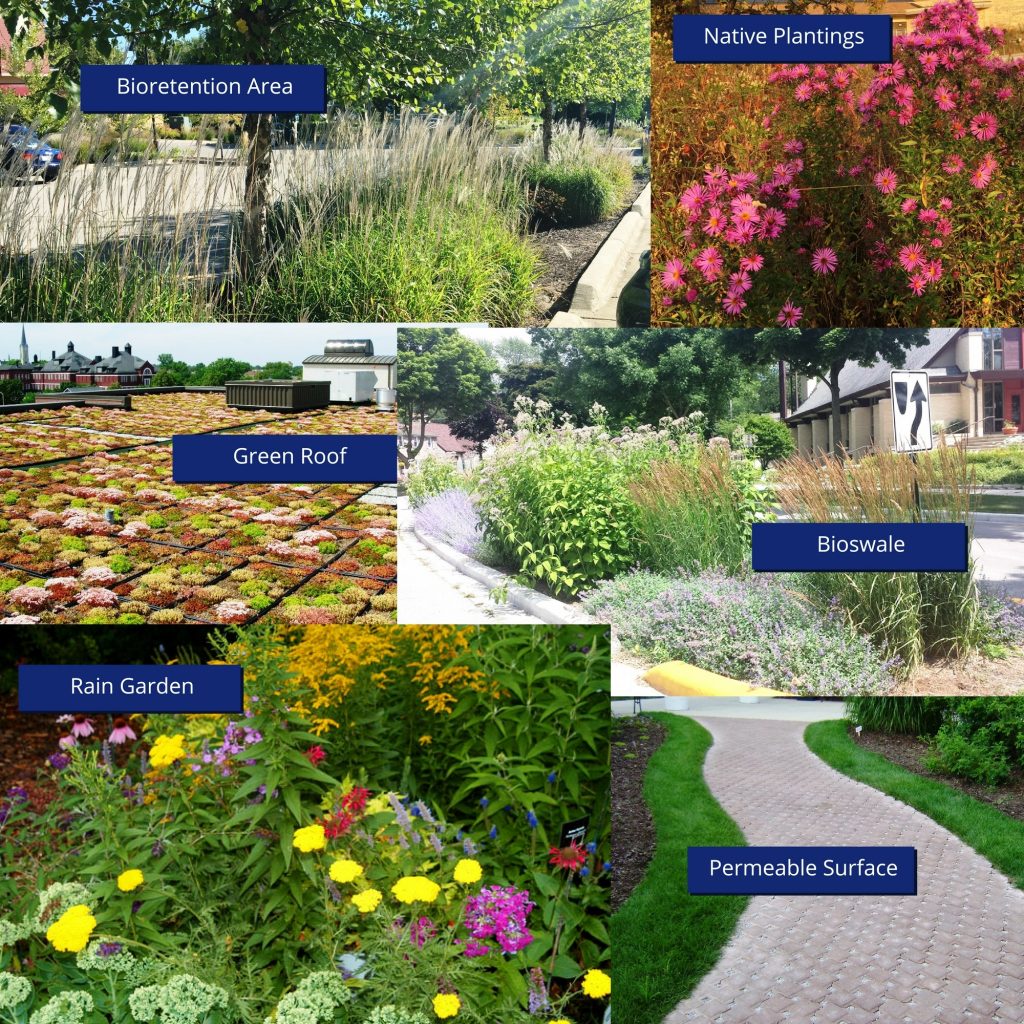
Types of green infrastructure
- Trees
- Disconnecting downspouts
- Green roofs
- Green Streets
- Native plantings
- Rain Gardens (Follow this link to access the Wisconsin DNR Rain Garden Manual PDF)
- Rain barrels/cisterns – collect rain water for household and landscaping uses
- Bioswales/bioretention areas – these involve more intensive filtration infrastructure paired with native plants
- Permeable pavement – this type of pavement allows water to filter through the surface
- Protected natural areas such as: conservation parks, wetlands, prairies, etc.
Community Benefits
- Reduced flooding and sewer overflows
- Decreased CO2 levels in the local atmosphere
- Reduced energy demands for heating and cooling
- Reduced traffic speeds
- Higher academic performance associated with schoolyards using green infrastructure
- Increased health outcomes because of increased outdoor recreation space and stronger connection to nature
- Expanded outdoor recreation space
- Increased wildlife habitat for birds, pollinators and small mammals
*More substantial reading and data to support these benefits can be found here: https://www.epa.gov/green-infrastructure/benefits-green-infrastructure.
Finished Projects:
Aldo Leopold Green Schoolyard Project
1000 Friends worked with the school community at Leopold Elementary and a number of partners to create a conceptual plan for green infrastructure redevelopment of the schoolyard. Because Leopold School runoff goes directly to UW-Madison Arboretum strormwater ponds this was also an important watershed protection project in south-central Wisconsin. Learn More.
Expanding Urban Forests to Protect our Great Lakes
1000 Friends led a project to expand four Green Tier Legacy Community (GTLC) urban forests with funding from USDA Forest Service Great Lakes Restoration Initiative (GLRI) grant. We worked with the communities of Ashland, Bayside, Oshkosh and Sheboygan to plant 350 trees to reduce overall runoff into the Great Lakes. Learn More.
Prioritizing Codes & Ordinances
1000 Friends worked with municipalities in southeast Wisconsin to help them clean up waterways by using green infrastructure. While we know that we can do a better job of reducing storm water pollution by using green infrastructure such as bio-swales and green roofs, many communities have local laws that make it difficult to use this green infrastructure. With our project we worked with communities to audit, revise and prioritize codes and ordinances that prohibited or inhibited more widespread use of this green infrastructure. Learn More.
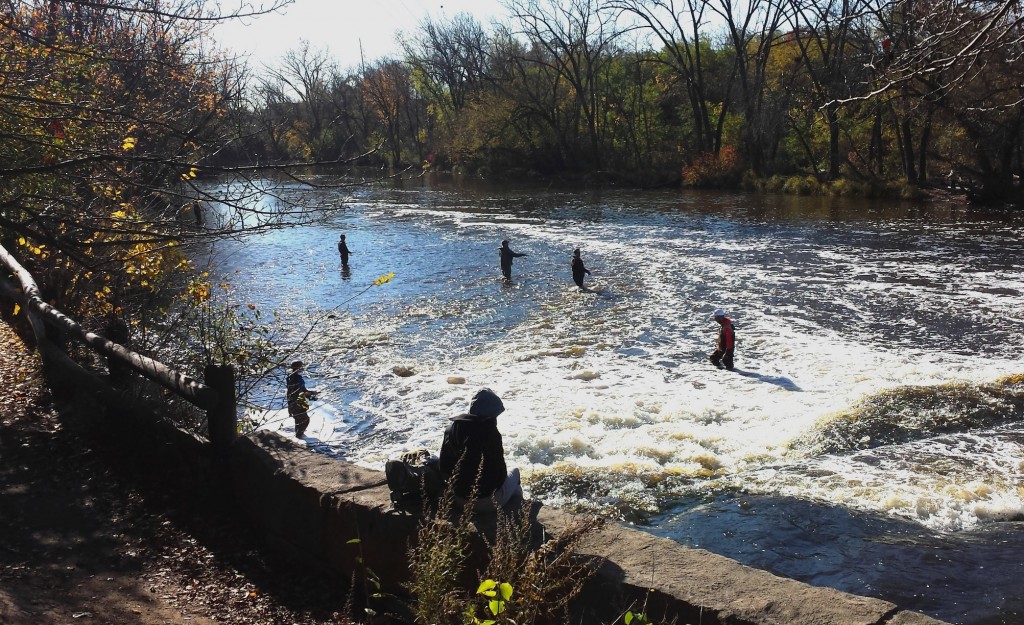
Building a Broader, Stronger Voice for Green Infrastructure
1000 Friends conducted workshops to help communities use the Green Infrastructure Decision Scenario Tool (GIST) – to show how green infrastructure can reduce flooding and basement backups, improve water quality, save energy and create jobs. Workshop attendees shared their ideas about priorities, opportunities, and possibilities for community collaboration in the KK River Watershed. Learn More.
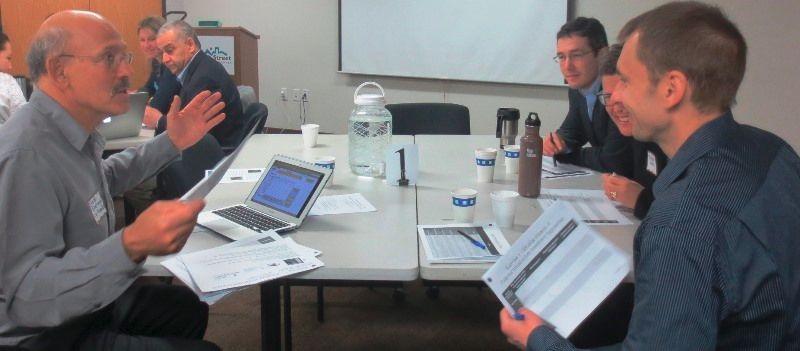
30th Street Corridor
1000 Friends partnered with MMSD to use significant green infrastructure investments as a driver for community revitalization in the 30th Street Corridor and surrounding neighborhoods – increasing the economic, environmental, and social sustainability of these areas. Learn More.
